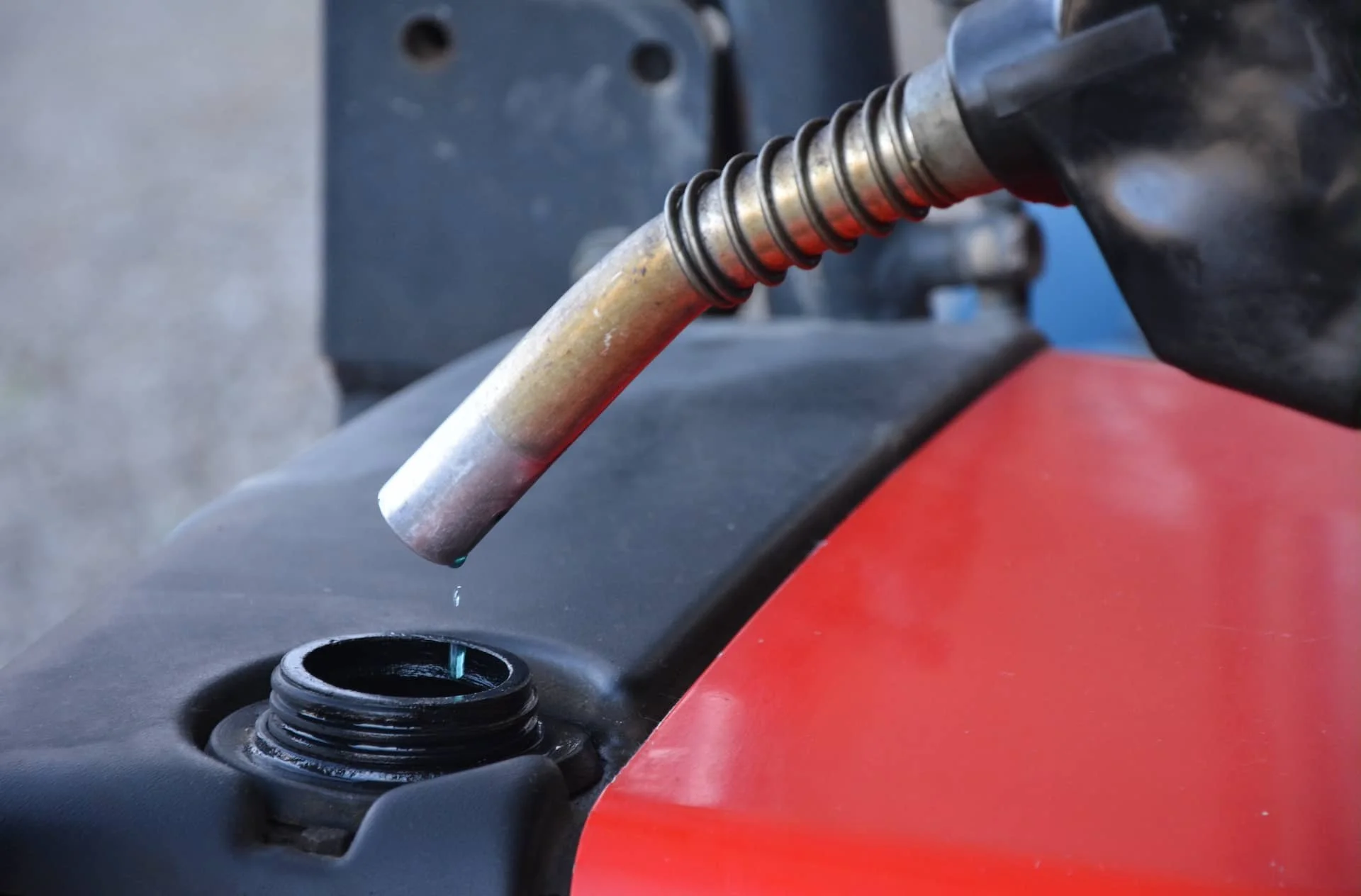Challenges of Storing Diesel Fuel
In an age where everything can be delivered right to your front door at a touch of a button, it is more important than ever that commercial fleets are running as efficiently and reliably as possible.
The correct storage of diesel and other biofuels is critical for the optimal running of vehicles, but the safe and proper storage of fuel presents a number of challenges.
Below are outlined a few of the most common fuel storage challenges and easy to implement solutions:
1. Water Contamination
One of the biggest fuel storage challenges is water contamination. Even the smallest amount of water in the fuel can lead to the growth of algae which pollutes the fuel. Water in the tank can also lead to both rust and corrosion which compromises the fuel itself as well as the tanks.
Water can enter the storage system in various ways, delivered in out of specification, water dropping out of suspension, condensation and ingress through tank roof penetrations.
2. Particulate Contamination
As referenced in the Worldwide Fuel Charter on tank hygiene and fuel cleanliness levels,
Fuel injection equipment manufacturers continue to develop fuel injection systems to reduce emissions and fuel consumption and to improve performance. Injection pressures have been increasing; currently, they have reached more than 2000 bars. Such levels of injection pressure demand reduced orifice sizes and component clearances, typically from 2 to 5 μm in injectors. Small, hard particles, which may be carried into these engine parts, are potential sources of engine failure.
Excessive diesel fuel contamination can cause premature clogging of diesel fuel filters, depending on the level of both hard and organic particles, and premature wear of modern fuel injection system parts.
These impacts, depending on the size and the nature of the particles, will lead to:
– Reduced part lifetimes;
– Part malfunction;
– Engine failure; and
– Increased exhaust emissions.
P86, WORLDWIDE FUEL CHARTER | GASOLINE AND DIESEL FUEL SIXTH EDITION | 28 OCTOBER 2019
3. Diesel Bug
Algae growth isn’t the only risk of water contamination. Diesel is hygroscopic, and modern biodiesels especially so. Special care must therefore be taken to avoid diesel bug.
Water, free-standing in tank bottom or entrained in fuel, will impact fuel quality in terms of impact in the stated 200ppm maxim (see Worldwide Fuel Charter). The presence of water encourages microbial growth which either occurs at the interface between the oil and water or on the tank walls, depending on whether the microbes need oxygen.
This bacterial or fungal growth is commonly referred to as “Diesel Bug” or “Fuel Bug.” These microbes tend to accumulate at the bottom of fuel storage tanks where the water typically collects, creating a thick, sludge-like material. This sludge can cause corrosion of the tanks themselves as well as causing extreme negative effects in engines when the contaminated fuel is used, up to and including engine failure.
4. Oxidation
Diesel fuel tends to oxidise rather quickly. Oxidation occurs when the fuel interacts with oxygen in the tank, leading to the rapid degradation of the fuel. If contaminated or degraded fuel is used it can cause negative effects on engines and fuel systems. Not only can these failures be extremely costly to repair, but these catastrophic failures can be dangerous, especially when they occur on the road or at high speeds.
Fortunately, many of these failures can be prevented through frequent fuel testing and the implementation of preventative solutions.
Ways to do this include:
Purchasing both high quality diesel fuel and storage tanks from trusted sellers
Performing regular maintenance and inspections on storage tanks, including non-destructive testing (NDT)
Ensuring regular turnover and use of diesel fuel
Regularly sample and test fuel
Carry out tank cleaning and fuel polishing when required
These fuel storage tips should help keep your business and commercial vehicles in perfect working order, saving you money and unnecessary stress. If you’d like help with your fuel storage systems, please do get in touch, we’d be happy to help.

